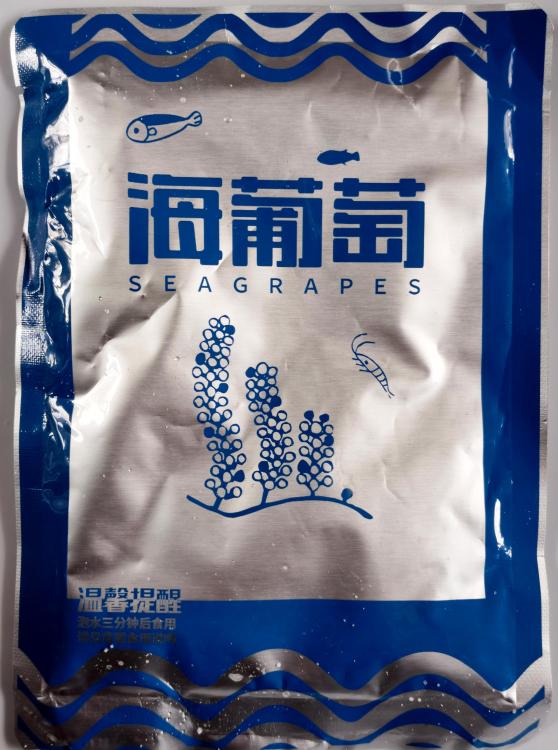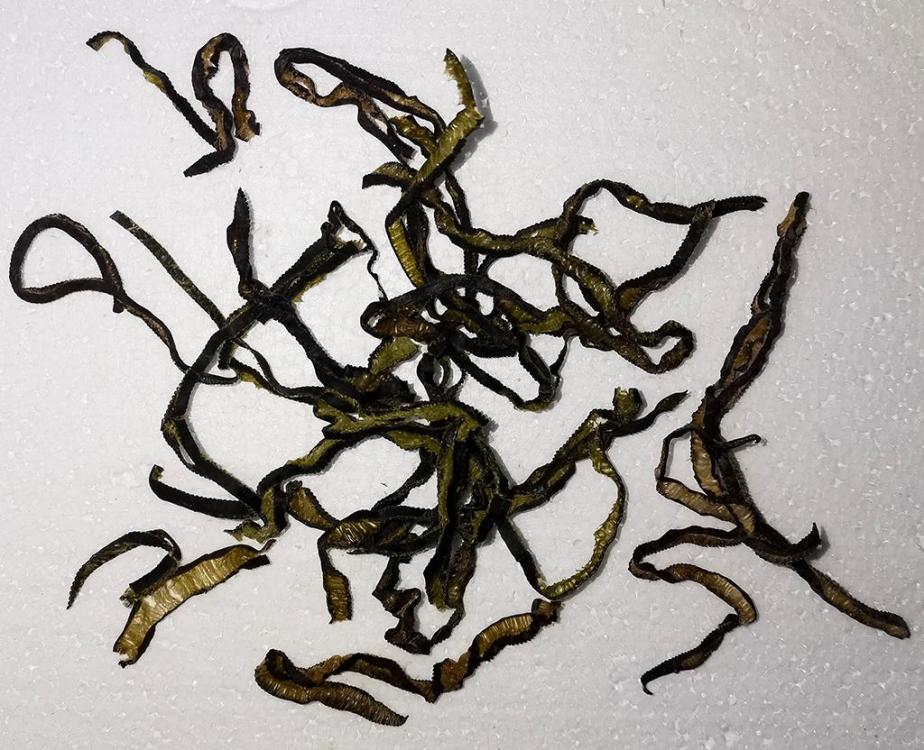-
Posts
16,674 -
Joined
-
Last visited
Content Type
Profiles
Forums
Store
Help Articles
Everything posted by liuzhou
-
I don't thing they are. As they say, the arrow in the first image is pointing to the junction between the peduncle and the calyx and not to the peduncle itself.
-
peduncle Nat. Hist. (pɪˈdʌŋk(ə)l) [ad. mod. Bot. L. peduncul-us footstalk (Linnæus Philos. Bot. §82 D, Pedunculus, truncus partialis elevans Fructificationem nec folia), dim. of ped-em foot. In L. only as a late variant of pedīculus, pedūculus louse. In F. peduncule (1765 Encycl.), pédoncule (Dict. Acad. 1835).] A comparatively long and slender part forming a support or attachment for some other part or member in a plant or animal body; a footstalk. 1.1 Bot. The stalk of a flower or fruit, or of a cluster of flowers or fruits; the primary or main stalk, or one of the general stalks, of an inflorescence, which bears either a solitary flower, a number of sessile flowers, or a number of subordinate stalks (pedicels) directly bearing the flowers. (Distinguished from a leaf-stalk or petiole.) Also sometimes applied to other stalks, as those that bear the fructification in some fungi.
-
In my mental dictionary peduncles are stalks or stems.
-
-
Women Gathering Seaweed by Katsukawa Shunko, 18th Century - PD Of the top three most consumed seaweeds in Japan we come to the third after wakame and konbu, and which is probably also the most well-known in the west. But as we will see, it is not exclusive to Japan or Japanese cuisine. Nori (Japanese 海苔) originally and historically just meant seaweed but by around the 17th century, by a process linguists call ‘narrowing’ became restricted to members of the Porphyra family. In common usage in Japan it usually refers to P. tenera. In English, it is usually called ‘laver’. Nori was originally eaten as a paste until, around 1750, it began to be made into sheets using paper making techniques. The nori industry in Japan was in decline after WWII due to the seaweed being foraged from the wild and to its often being damaged by typhoons and other storms etc. Also, just as importantly there was little understanding of the life cycle of porphrya so there was no successful cultivation of nori farms. Around the same time and before, Kathleen Mary Drew-Baker, an English scientist from Manchester was studying P. umbilicus, another member of the same family which to this day is gathered in Wales and parts of England as well as Ireland and consumed in the same manner as what we now know as nori. Her most significant finding was that porphyra requires bivalves and their shells in the initial stages to be able to develop. She also determined that egg shells could be used instead of the bivalves. Her 1949 published paper was picked up by Japanese scientists and by 1952 Fusao Ota and others had developed artificial seeding techniques, which rescued the entire nori industry. Drew-Baker, known in Japan as Kassurine-San, never visited Japan, but she is still honoured there as “Mother of the Sea“. Each year on April 14th there is a Drew Festival in Uto, Kumamoto where there is a shrine to her memory. Every year garlands of nori of that year's crop are placed around the shrine. Whether she ever ate sushi is not recorded! In the 1960s and 1970s nori became more available in the west due to the hippie-favoured macrobiotic diet and the growth in the popularity of Japanese restaurants. Nori is, of course, used to wrap sushi rolls and お握り (rice balls) but is also served with noodle soup dishes or toasted and seasoned to be eaten as a snack food. It also flavours other snack foods such as crackers and even Lay's have their use. Dried Seasoned Nori In China, nori is known as 紫菜 (zǐ cài), literally ‘purple vegetable’ and is often used in soups. The seaweed and egg soup on your local Chinese restaurant menu often contains this. It is formed into dried flying-saucer shaped discs and sold in most supermarkets. China also goes down the snack route the same way as Japan. Chinese seaweed and egg soup In Korea, the favoured porphyra is P. yezoensis although they use other varieties, too. It is referred to as 김 (gim, kim). They also have popular snacks using 'gim'. Back in Drew-Baker’s land, P. umbilicalis is gathered around the shores of Welsh, Western English and Irish waters, boiled for hours and made into paste balls which are then coated In oatmeal and fried. The resulting laverbread (sometimes written as lava bread); Welsh: bara lafwr or bara lawr; Irish: sleabhac. This is traditionally eaten for breakfast along with bacon and cockles. It is high in protein, iron and especially iodine. Laverbread and toast - PD Dried nori should always be stored in a cool dry place preferably with a dessicant. This jar contains nori slices and a large box of dessicant at its base.
-
I see these all the time in my local supermarket; have done for years. I think I only bought them once - used them in garnishes that needed some citrus. Maybe on a drink. No substitues for limes!
-
It has often been said that during World War II, the nutrition levels in the UK under sternly enforced rationing laws, were higher than normal and people generally healthier. People could only get limited supplies, but nutritious ones, so didn't fill up on junk. Although I was born under rationing, I don't really remember it. Didn't eat a banana or ice cream until I was about 8 or 9. I'm not claiming the food was great, but it was nutritious.
-
Towards the end of last year, as some of you may remember, I was hospitalised twice and documented my food here. A lot of it was OK. One of the suggestions from the quacks was that my ailment was caused by my poor nutrition! Clearly, as a foreigner I have no idea how to eat. One particularly nasty doctor claimed I didn't eat enough protein. Yet, at no time, not even once, never, did anyone ask me what I do eat. I mainly eat the same as they do. Except, I probably eat more protein than they do! Chinese cuisine is generally lower on protein; higher on vegetables and rice. It is possible that they could monitor what I ordered from the hospital canteen (but I doubt they did) and that I ordered something doesn't mean I ate it. I almost always did - once or twice I looked at it and told myself not to put that in my mouth! I did get one visit in the weeks I was there from a nutritionist who spent her entire time with me trying to sell me some expensive protein food supplement, again without asking anything about my diet. She failed. I don't know about the situation where others are, but here, despite the Chinese being obsessed by food, medical schools apparently don't subscribe!
-
The second most common culinary seaweed eaten in Japan after wakame is what is known in the west as as ‘kombu’ but is more correctly 昆布 (konbu). In Chinese it is 海带 (hǎi dài) or, less often 翅藻 (chì zǎo) and in Korean 다시마 (dasima). There are around 30 varieties of kelp in the Laminariaceae family, but only eighteen are regularly eaten. The favoured variety in Japan, China and Korea is Saccharina japonica, formerly classed as Laminaria japonica) and known in Japan as ま 昆布 (ma konbu). The vast majority of the kelp harvested in Japan is done so around Hokkaido island in the north (accounting for around 95%). However, China is the largest producer by far. The kelp grows in large ‘kelp forests’ and in ideal circumstances, can grow to 45 metres / 150 ft tall, with some species growing 27 to 60 cm / 10 to 24 inches per day. Not only do the kelp forests provide us with highly nutritional fodder, they offer protection and a diverse ecosystem to the many life forms which shelter within. Algae, fish and shrimp all take advantage, some living there all their lives. Others only use them as nursery areas for their young. So how is kelp used? Much more than you might think. Even if you’ve never knowingly eaten it, you probably have ingested some at some point. It is used in toothpaste as a binding agent. You may have washed your hair with it! And if you are a fan of ranch dressing or common breakfast cereals, you’ve eaten it. It is used as a binder there, too. It is a good source of calcium for us oldies and vitamin K doesn’t go amiss either. It is also low in calories and, most importantly, it tastes good! Kelp forests are under threat from rising sea temperatures and storms like El Nino wreak huge damage. Australia, for example, has been reported as losing more than 60 miles of forest to rising temperatures. Dried konbu is famously used in Japan to make 出汁, だし, dashi. Its strong (うま味) unami taste helped in identifying that ‘fifth taste’ and the development of monosodium glutamate (MSG). It is also pickled (す 昆布 su konbu). Here in China, in the supermarkets, it comes in what look like sheets of ancient leather (first image) but we can find it in more manageable pieces – both fresh and dried. Short pieces are tied into very popular kelp knots which are used in soups, hotpots, and cooked salads. It is also sold cut into strips like noodles. Fresh Konbu Knots Dried Konbu Knots Konbu Knot Salad Konbu "Noodles" Kelp is also pickled and sold in small packets as a snack food. Pickled Konbu Pickled Konbu Parts of this appeared before in the Guangxi Gastronomy topic
-
-
Seaweed is saltwater algae. It has most species, but there are also freshwater algae and a few aerial species. I'll get to kombu. I wanted to get some of the less well-known ones out of the way, first.
-
One of the most widely available and eaten seaweeds is Undaria pinnatifida or 裙带菜 (qún dài cài) in Chinese and わかめ (wakame) in Japanese. Sometimes known as sea mustard in English. It is a type of large brown kelp, native to the western Pacific coast adjacent to Russia, China, Japan and Korea but has also become an invasive species In North America, Europe, Argentina, New Zealand and Australia. Of the 30 or so existing varieties of kelp this is the most consumed. Its fronds grow to about 1 metre / 40 inches long and 36 cm (15″) wide. The leaves are typically cut into strips for sale. Although it is mainly the leaves which are eaten, the stem is also edible and has a chewy, crunchy texture. Fresh Wakame Around the world, it is mostly sold dried or salt -preserved, but in Spring it is available fresh in China and Japan. The salted variety needs carefully rinses to remove as much salt as possible. The dried variety should be soaked for between 5 and 19 minutes to rehydrate. Wakame should not be cooked for more than one minute or it loses its nutritional value. Dried Wakame Wakame is added to miso soups and to しゃぶ しゃぶ (shabu-shabu), Japanese hotpot. In the west it is most often served as a salad with sesame seeds - ごま わかめ (goma wakame, meaning sesame wakame) or 冷やし わかめ (hiyashi wakame, chilled wakame) in Japanese. Wakame Salad
-
This has me baffled. It is very common round here but there is almost no information on the internet. I can’t get into Google at the moment. China has blocked it as my looking up seaweed varieties obviously threatens the whole pillar of society. Bing is accessible, but total garbage as a search engine. They are spending too much time and money on Artificial Idiocy rather than developing a decent search engine. Chinese search engine Baidu is no better. Known here as 龙须 (lóng xū, dragon’s beard) or 海石花 (hǎi shí huā, literally ‘sea stone flower’), this seaweed is in most supermarkets, usually dried but I can get it fresh online. No idea what the Latin name is. Part of the problem is that ‘dragon’s beard’ is applied as a name to so many different things from a type of noodles to a sugary dessert to a relative of seahorses. Anyway, pending further investigation, here are two examples. This seaweed comes in many colours from white through green to near black. The first is the fresh green seaweed and secondly a whitish, heavily salted, dried variety. As I hope you can see, it has very fine strands hence the beard name. I have no idea what stone flowers is referring to. It tastes like the sea and is salty but not unpleasantly so. The dried stuff does need a good rinsing to get rid of the salt though. Fresh Dragon's Beard Dried Salted Dragon's Beard. You can see the salt!
-
Thanks. It's one of those simple dishes which I probably make differently every time, but basically it is seasoned, cubed chicken lightly browned in olive oil with garlic, halved black olives and chilli then braised with white wine, or as I did that time, Shaoxing wine and chicken stock. When the chicken is nearly cooked through add as much coriander leaf / cilantro as takes your fancy. My kids called it 'green chicken'. You can thicken the sauce with the usual starch and water method, but often I don't bother. Sometimes I add any stray mushrooms I find in the fridge or even thinly sliced leeks. Sometimes capers and/or shallots. I've even used basil instead of the coriander leaf on occasion. I usually serve it with plain steamed rice, but have been known to serve it with friedrice. Potatoes would work too, I guess.
-
I spent a lot of time foraging for that in Scotland as a kid, although we called it 'marsh samphire'. Very trendy now in London restaurants, although true samphire, aka rock samphire is much more valued. I can buy it here online but at a ridiculous price, so I don't often.
-
This is a favourite, which I have mentioned before. Sea grapes, green caviar or sea caviar. In Chinese it’s 海葡萄 (hǎi pú tao), a literal translation of ‘sea grapes’ as are うみぼど (umi-bodō), the Japanese name, mga ubas sa dagat in Filipino and nho của biển in Vietnamese. Caulerpa lentillifera to the scientific. Not to be confused with the Caribbean tree named ‘seagrape’. This is a bright green alga which grows only around the waters of the above named countries (those I get come from neighbouring Vietnam) where it forms strands of two to five metres and its ‘branches’ grow to about 20 mm / 8 inches carrying tiny air sacs which resemble miniature grapes. These pop audibly when it is eaten, giving it its caviar related names. This seaweed is only normally eaten raw in salads or with sushi and sashimi. They last well if covered in the brine but shouldn’t be refrigerated. It is sold in pouches in a brine of seawater concentration. The ‘grapes’ are soaked for three minutes in fresh water and swell up. This reduces the saltiness, although some remains. For a less salty taste soak again for another three minutes. It tastes of the sea, as you would expect, and has a delicate grassy flavour, but most of the appeal is in the popping, although it is highly nutritional, being packed with minerals and vitamins A and C. To protect itself, this species is mildly toxic, but this presents no real problems to humans when it is eaten in normal amounts. However, it advisable to avoid it during pregnancy.
-
-
Hmmm. But sea cucumber is not a vegetable. It's an echinoderm, ie an animal.
-
The part of the world least understood by even scientists is the oceans. It is believed that only a small fraction of the life species down there have been studied, whether animal or vegetable. So information on many is limited. However, we do know that in the depths live the world’s most numerous lifeform, fungi, few of which have been identified and named. Dried "Sea Matsutake" This one however, despite a misleading name, is another type of algae, Codium fragile. In Chinese, it is 海松茸 (hǎi sōng róng), sometimes shortened to just 海茸 (hǎi róng). The full name literally translates to ‘sea pine antler’, but the last two characters 松茸 (sōng róng) are also the Chinese for the Japanese favourite, まつたけ (matsutake, which means ‘pine mushroom’). One being fungi and the other an alga, they are unrelated. So, it is often translated into English here as ‘sea matusake’ although I’ve also seen it as ‘dead man’s fingers’ and as ‘sea velvet’ as well as many more names. Wikipedia lists nine English names: green sea fingers, dead man's fingers, felty fingers, forked felt-alga, stag seaweed, sponge seaweed, green sponge, green fleece, and oyster thief. But I have a few more. There is only a little information in English on the internet regarding this(search for the Latin name) and only a few passing mentions in Chinese. It is native to the waters around Japan and eastern China but has been introduced accidentally around the world including the Atlantic and the Mediterranean and is considered to be a troublesome invasive species. It destroys oyster beds etc, resulting in the name ‘oyster thief’. For more details on its invasiveness and spread, see here. It is mostly sold dried and requires soaking for between two and three hours to rehydrate. Thereafter, it is cooked for no more than two minutes or they lose their flavour. It doesn’t like heat much. It can be eaten raw, but the locals don’t do raw, especially things they’ve never seen before. Rehydrated "Sea Matsutake" It tastes nothing like mushroom to me, but has a similar texture to some fungi species. Sort of firm and slightly chewy, although so do many varieties of seaweed.









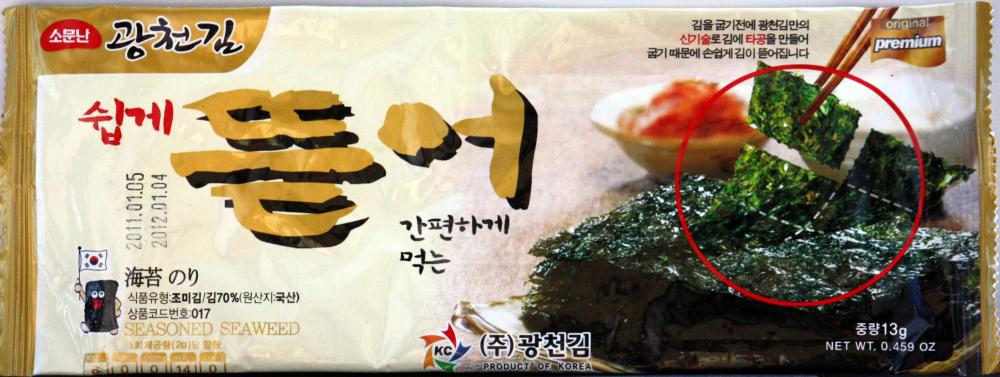
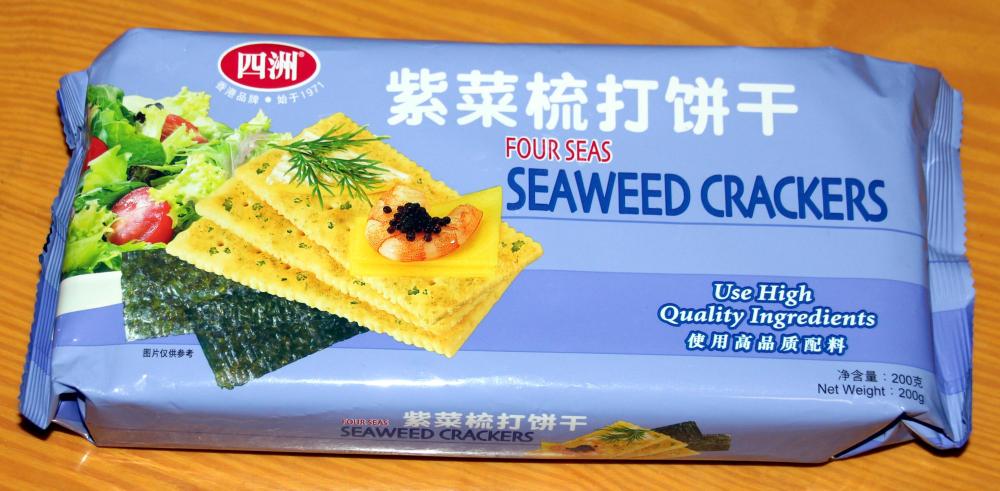


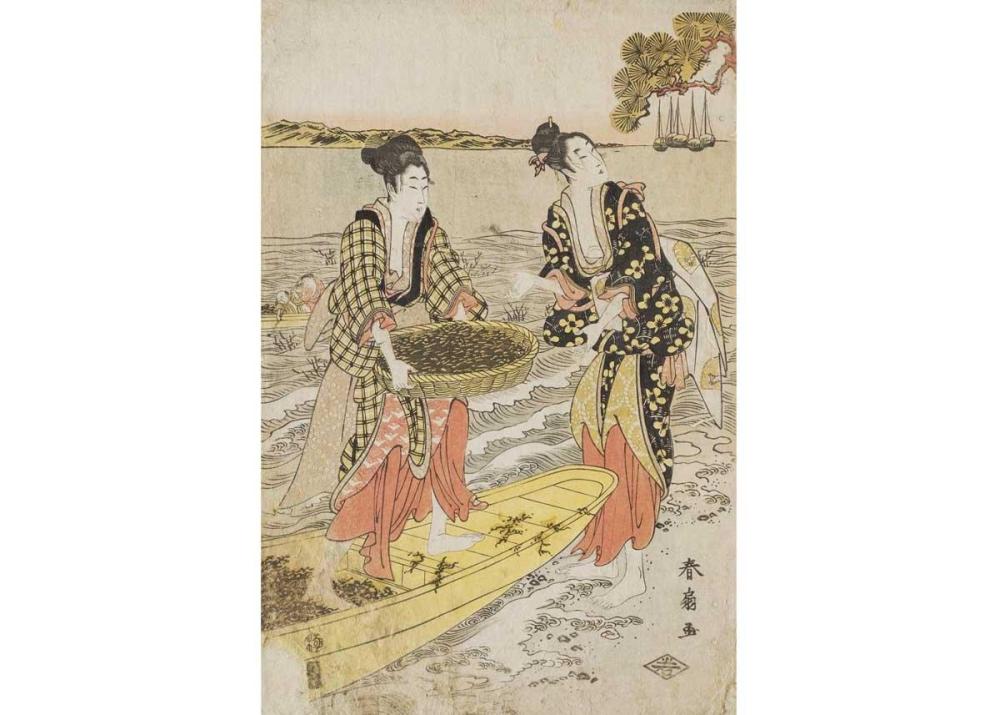
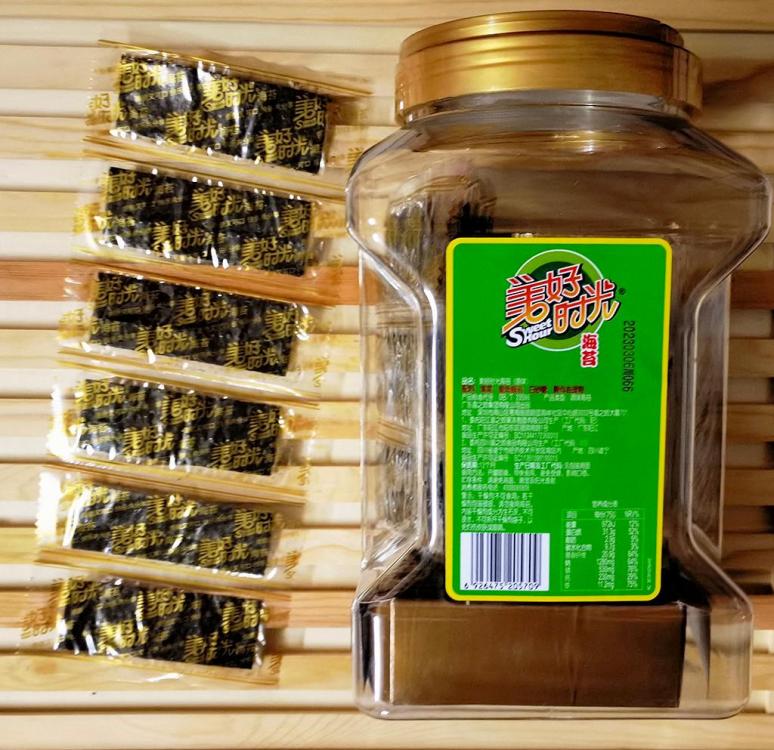




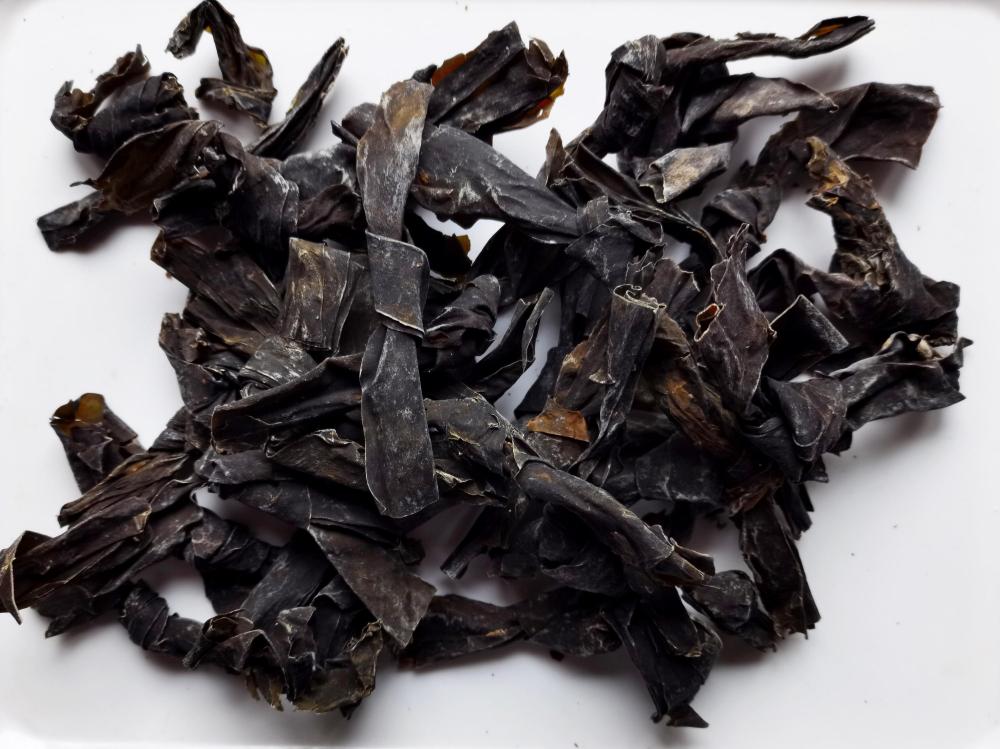
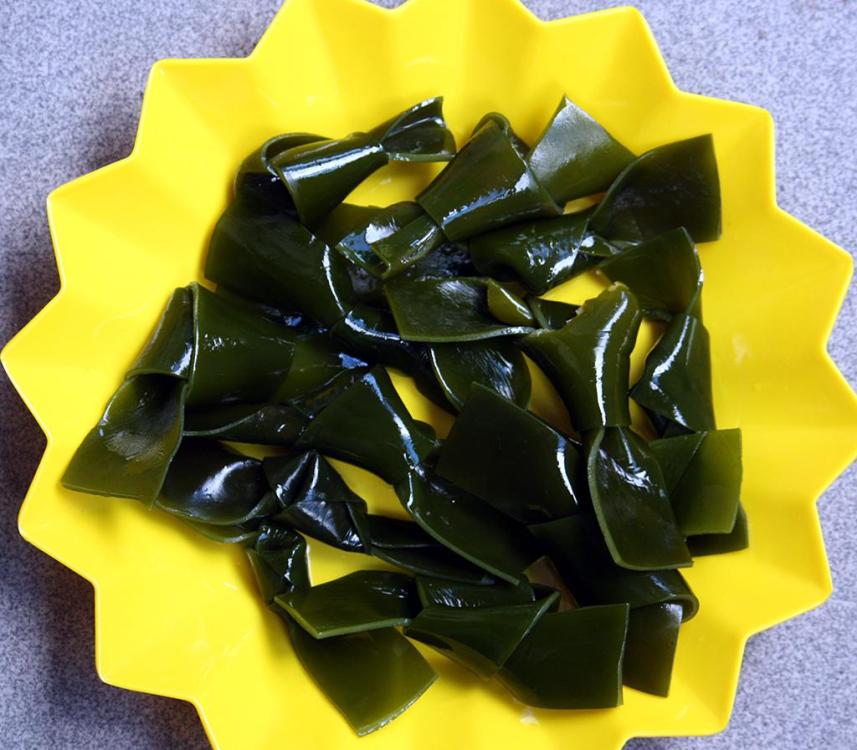
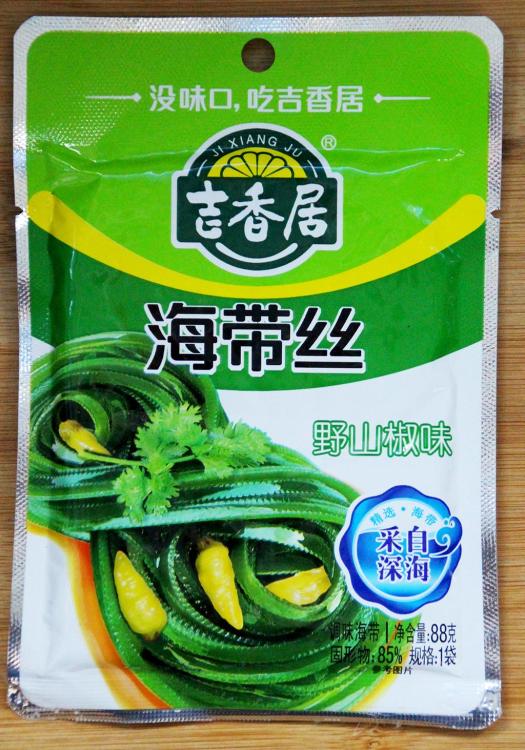
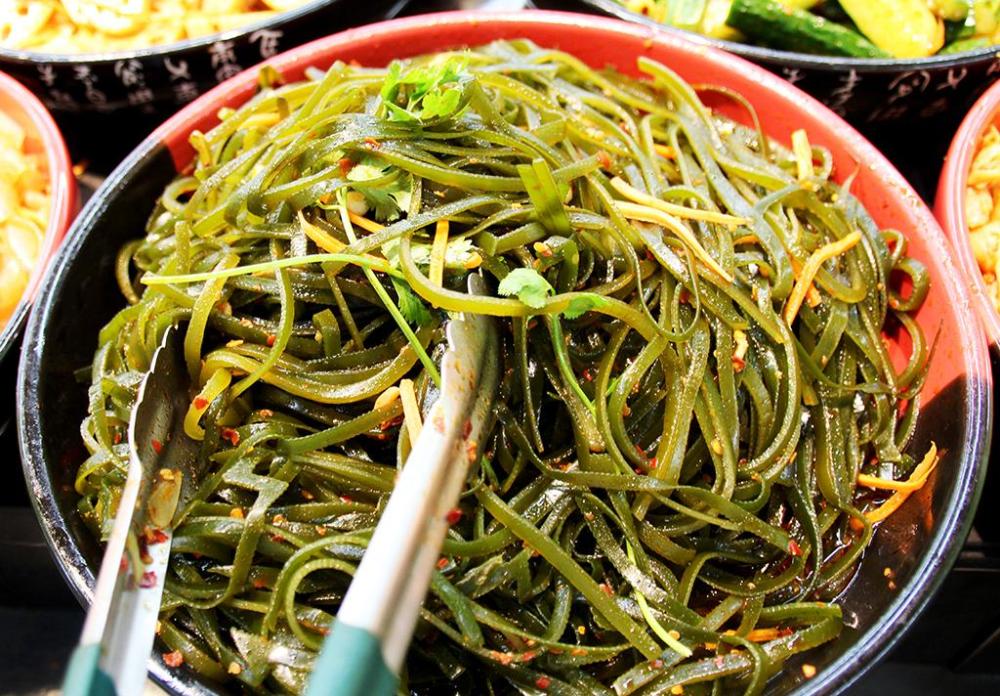
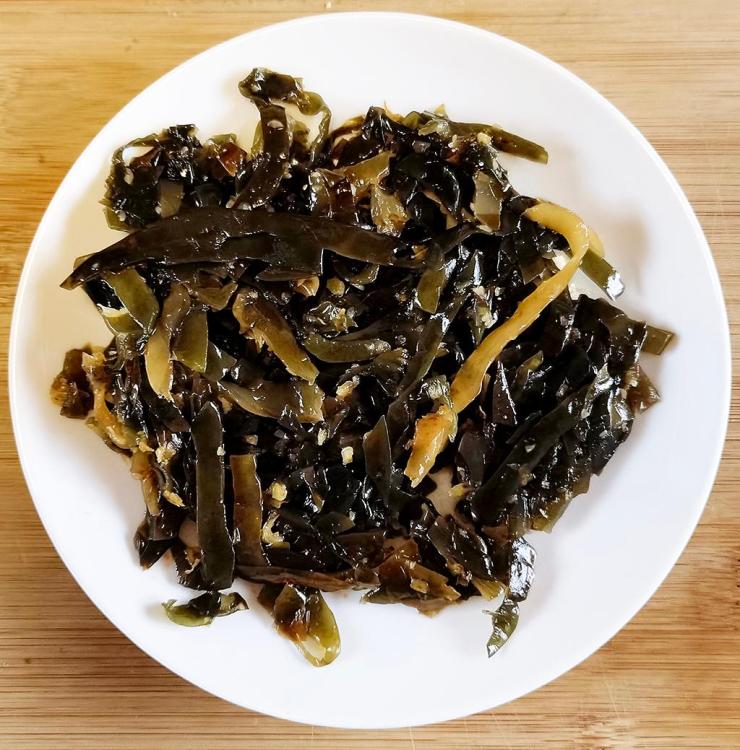


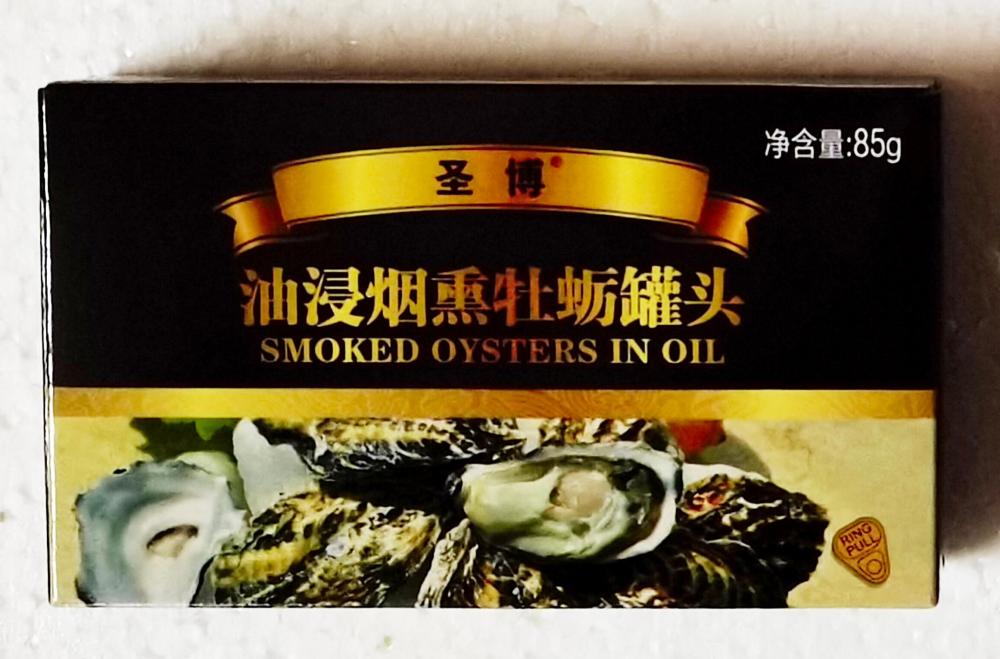

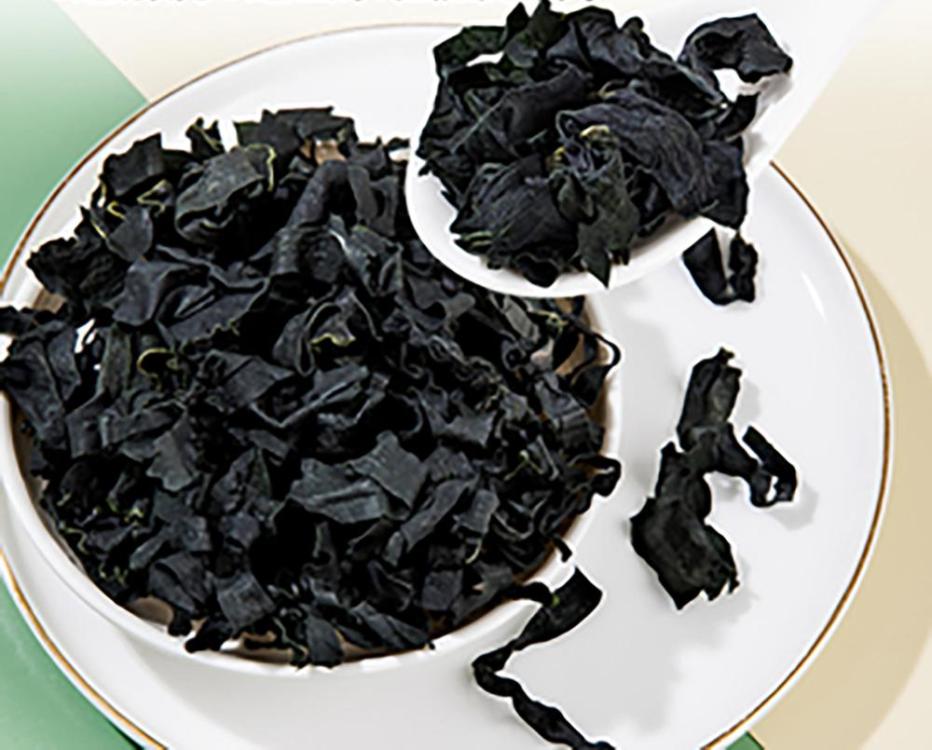




.thumb.jpg.6445dd285d40dd7a91e45100b124e60e.jpg)
